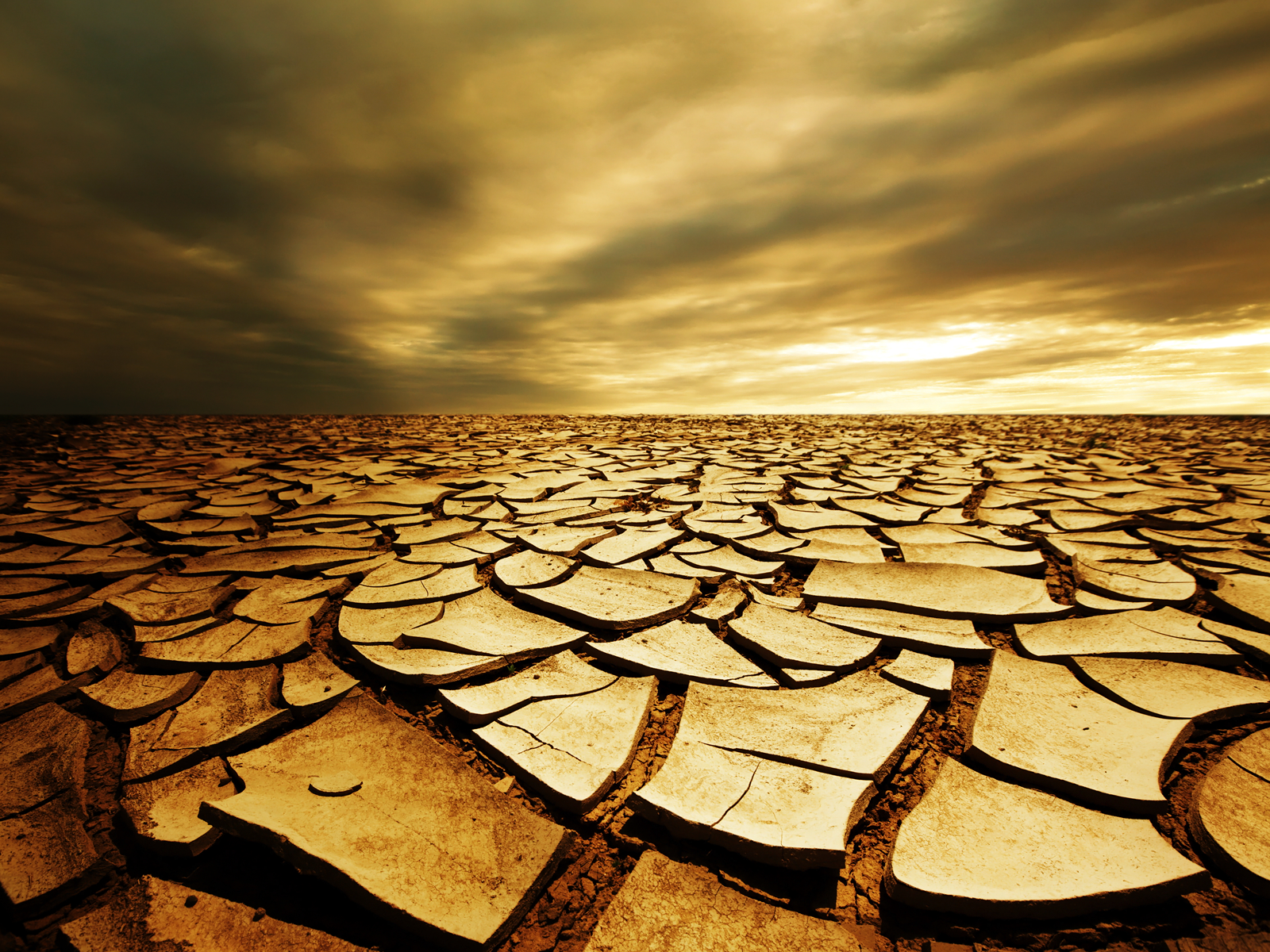
Dry Food for Cats with Chronic Constipation: Choosing the Right Diet for Digestive Health
Chronic constipation in cats can be a frustrating and uncomfortable condition for both the feline and their owner. While there are various causes of constipation, diet plays a significant role in managing and alleviating the issue. For many cat owners, dry food is a convenient and cost-effective option. However, not all dry foods are created equal when it comes to digestive health. This article will explore the key considerations for selecting the best dry food for cats with chronic constipation, focusing on ingredients, fiber content, hydration, and other essential factors.
Understanding Feline Constipation
Before diving into the specifics of dry food, it’s crucial to understand the basics of feline constipation. Constipation occurs when a cat has infrequent or difficult bowel movements. Chronic constipation implies that this issue is ongoing or recurring. Common causes of constipation in cats include:
- Dehydration: Insufficient water intake can lead to dry, hard stools.
- Dietary Fiber Deficiency: Fiber helps add bulk to the stool and promotes regular bowel movements.
- Lack of Exercise: Physical activity stimulates the digestive system.
- Hairballs: Ingested hair can accumulate in the digestive tract and cause blockages.
- Underlying Medical Conditions: Kidney disease, hyperthyroidism, megacolon, and other health problems can contribute to constipation.
- Obesity: Overweight cats may have reduced intestinal motility.
- Stress or Environmental Changes: Changes in routine or environment can disrupt digestive function.
- Medications: Some medications can cause constipation as a side effect.
The Role of Diet in Managing Constipation
Diet is a cornerstone of managing feline constipation. A well-formulated diet can help:
- Increase Stool Moisture: Foods with higher moisture content (like wet food) or those that promote water retention in the colon can soften stools.
- Add Bulk to Stool: Fiber adds bulk, stimulating intestinal contractions and facilitating movement.
- Promote Gut Health: A balanced diet supports a healthy gut microbiome, which is essential for digestion.
- Minimize Hairball Formation: Certain ingredients can help reduce hairball formation, preventing blockages.
Key Considerations for Choosing Dry Food
When selecting dry food for a constipated cat, keep these factors in mind:
-
Fiber Content and Type:
- Insoluble Fiber: This type of fiber adds bulk to the stool and helps it pass through the digestive tract more easily. Sources include cellulose, beet pulp, and psyllium.
- Soluble Fiber: This type of fiber absorbs water, forming a gel-like substance that softens the stool and promotes regularity. Sources include oat bran, pectin, and guar gum.
Look for dry foods that contain a blend of both soluble and insoluble fiber. The ideal fiber content will vary depending on the cat’s individual needs, but a range of 3-5% fiber is often recommended as a starting point.
-
Ingredient Quality and Digestibility:
- High-Quality Protein: Choose dry foods that list a named meat source (e.g., chicken, turkey, salmon) as the first ingredient. Avoid foods with excessive amounts of plant-based proteins or unnamed "meat by-products."
- Easily Digestible Carbohydrates: Opt for carbohydrates that are easy for cats to digest, such as brown rice, oatmeal, or sweet potatoes. Avoid foods with corn, wheat, or soy, which can be harder for some cats to process.
- Limited Ingredients: For cats with sensitive stomachs or potential allergies, a limited-ingredient diet (LID) may be beneficial. These diets contain a minimal number of ingredients to reduce the risk of adverse reactions.
-
Moisture Content (Enhancement):
- While dry food is inherently low in moisture compared to wet food, you can enhance its moisture content by:
- Adding Water: Mix a small amount of warm water with the dry food before serving.
- Soaking the Food: Allow the dry food to soak in water for a few minutes to soften it.
- Combining with Wet Food: Mix a small amount of high-quality wet food with the dry food to increase moisture intake.
- While dry food is inherently low in moisture compared to wet food, you can enhance its moisture content by:
-
Fat Content:
- Moderate fat content is important for providing energy and supporting overall health. Look for dry foods with a fat content of around 12-20%. Essential fatty acids, such as omega-3 and omega-6, are also beneficial for skin and coat health.
-
Probiotics and Prebiotics:
- Probiotics: These are beneficial bacteria that support a healthy gut microbiome. Look for dry foods that contain added probiotics, such as Lactobacillus or Bifidobacterium strains.
- Prebiotics: These are non-digestible fibers that feed the beneficial bacteria in the gut. Common prebiotics include inulin, fructooligosaccharides (FOS), and mannanoligosaccharides (MOS).
-
Hairball Control:
- If hairballs are a contributing factor to your cat’s constipation, choose a dry food that is specifically formulated for hairball control. These foods often contain higher levels of fiber and ingredients like cellulose to help move hair through the digestive tract.
-
Veterinary Consultation:
- It’s essential to consult with your veterinarian before making any significant changes to your cat’s diet, especially if they have chronic constipation or other health conditions. Your vet can help you determine the underlying cause of the constipation and recommend the most appropriate diet and treatment plan.
Specific Dry Food Ingredients to Look For:
- Psyllium Husk: A natural source of soluble fiber that can help soften stools.
- Beet Pulp: A source of insoluble fiber that adds bulk to the stool.
- Pumpkin: A natural source of fiber and moisture.
- Flaxseed: A source of fiber and omega-3 fatty acids.
- Fish Oil: A source of omega-3 fatty acids that can help reduce inflammation.
Ingredients to Avoid:
- Artificial Colors, Flavors, and Preservatives: These can be difficult for cats to digest and may cause allergic reactions.
- Corn, Wheat, and Soy: These are common allergens and can be difficult for some cats to digest.
- Excessive Fillers: Avoid foods that are high in fillers like corn gluten meal or rice hulls.
Transitioning to a New Food:
When switching your cat to a new dry food, it’s important to do so gradually to avoid digestive upset. Start by mixing a small amount of the new food with the old food, gradually increasing the proportion of the new food over a period of 7-10 days.
Other Important Considerations:
- Water Availability: Ensure your cat has access to fresh, clean water at all times. Consider using a water fountain to encourage drinking.
- Regular Exercise: Encourage physical activity to stimulate the digestive system.
- Grooming: Regular grooming can help reduce hairball formation.
- Stress Reduction: Minimize stress in your cat’s environment to promote digestive health.
Conclusion:
Choosing the right dry food for a cat with chronic constipation requires careful consideration of fiber content, ingredient quality, hydration, and other essential factors. By selecting a well-formulated diet and working closely with your veterinarian, you can help manage your cat’s constipation and improve their overall digestive health. Remember that every cat is different, so it may take some experimentation to find the perfect diet that works best for your feline companion.

